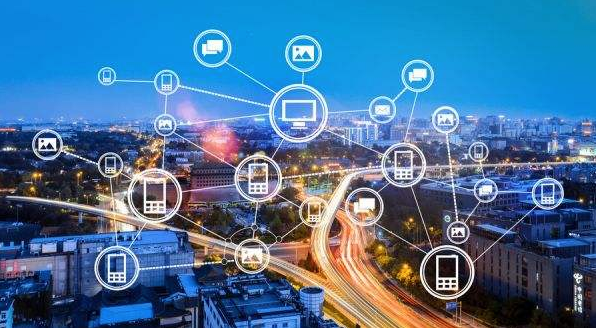If people are the heart of an organization, then the data center can be thought of as the brain, or even the tongue. High-quality storage and handling is critical to the success of a business.
The technologies and processes that underpin data centers have come a long way. What was once considered state-of-the-art is now considered antiquated, and the IT skills required to manage these new types of data centers are changing with it. As we move into 2015, it's worth taking a look at a few hotly debated trends and technologies to see how they will impact your organization in the future. Here are five innovations that will shape the future of the data center.

1. Artificial Intelligence
As more companies make progress in artificial intelligence and machine learning, it's only a matter of time before those innovations make their way into the data center space. Google received media attention last year when it announced that it was using machine learning powered by neural networks to optimize data centers, and even released a white paper explaining how.
Google uses its systems primarily to manage and optimize data operations, specifically the IT load, temperature and efficiency of cooling equipment. All of this helps improve the energy efficiency of data centers, but as AI advances further, it can ultimately help solve other data center problems as well, such as automating specific tasks and more.
2. IPv6
It's no secret that we don't have many options left with existing IPv4 (Internet Protocol version 4) addresses - IPv4 has run out of addresses and the routing table has grown too large. An expected follow-up technology that promises to alleviate this problem is IPv6 (Internet Protocol version 6). While it may be a while, IPv6 will definitely impact data centers.
An IPv6 address consists of eight separate groups, separated by colons, and each group takes the form of four hexadecimal numbers. IPv6 addresses brought countless new IP addresses, but at the same time were designed to remain compatible with IPv4. In addition to the increased number of addresses, IPv6 brings other benefits to improve efficiency, such as enhanced security and support for new services. At present, the adoption rate of IPv6 in the United States is relatively low, only about 14.5%, some European countries are similar, and the adoption rate in China is as low as 1.6%.
3. Solid State Drive
SSDs are by no means new technology, but they are still a touchy subject in enterprise data centers due to cost and interface issues. While Moore's Law has played its part in making SSDs cheaper than they used to be, they still require a significant investment compared to spinning disks, and there are some interface issues to deal with. However, more and more companies are starting to use SSDs.
Although few companies have fully adopted flash storage technology, the performance and longevity of solid-state drives are undeniable. Hybrid storage solutions bring a unique way to experiment with flash storage technology without breaking the bank. For example, using an SSD to handle the cache can speed up access to critical data without leaving you penniless. However, as the technology behind SSDs matures, we may see them replace traditional hard drives in data centers.
4. Virtualization
Another IT technology that will continue to drive change in the data center is virtualization. It already offers a bunch of benefits, including easier testing, easier backups, faster redeployment, and more. Debate has arisen over the viability of virtualization, especially with regard to reading data from storage devices in virtual environments. However, new virtualization technologies are emerging every day that can improve the performance of virtualization in the data center and make it a more suitable option than in the past.
One such innovation is the Virtual Storage Area Network (VSAN). Recently, VMware announced its Virtual SAN, or VSAN, a software-defined storage system built into a hypervisor. Virtualization tools such as VSAN help increase data center flexibility, and also help with automation.
5. Cloud Solutions
That's right, it's 2015 and we're still talking about cloud computing. That's because the discussion around cloud computing is far from over. While some companies are rushing towards cloud computing, most have reservations about cloud computing, because the advantages and disadvantages of cloud computing depend to a large extent on the industry in which your business operates.
For many, a hybrid cloud solution is a good fit for balancing the performance and simplicity of a public cloud with the security and stability of an on-premises data center. In addition to security concerns, cloud costs remain a big hurdle for some companies. As cloud solutions in general become more secure and prices continue to fall, we may see more companies moving toward primarily cloud-based data centers.










